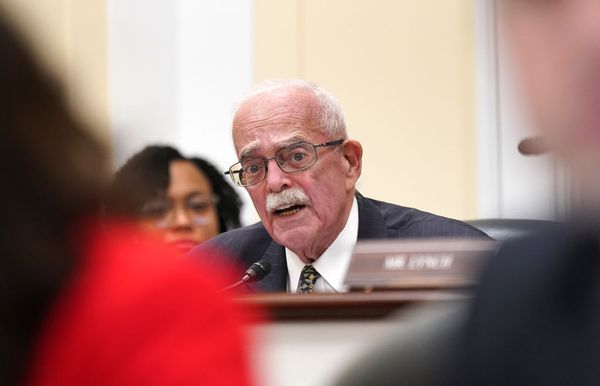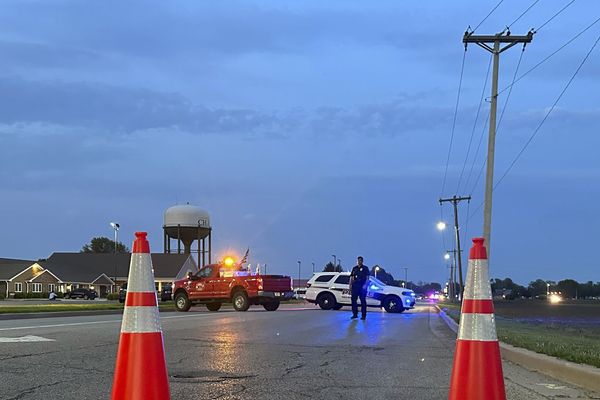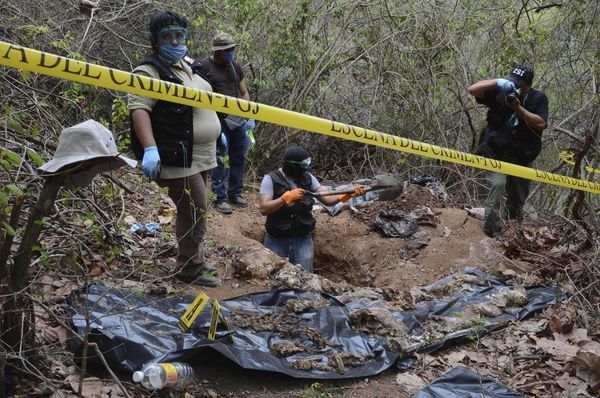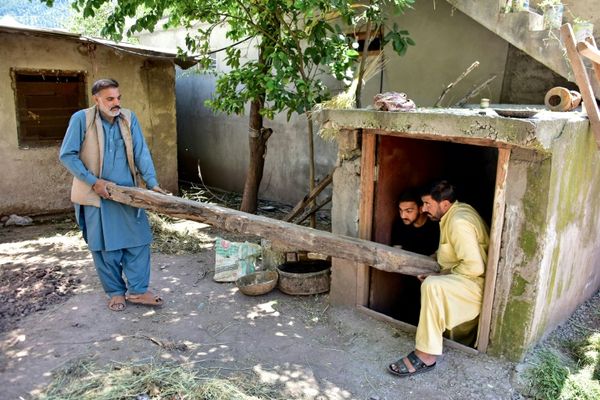Faced with an escalating need for air traffic controllers due to the rapid increase in airports in the country and slow recruitment, the Airports Authority of India (AAI) has asked the aviation safety regulator to revise rules on their duty hours so that their rest periods can be shortened.
In order to comply with the Directorate General of Civil Aviation's rules on "watch duty limitations and rest requirements", the AAI as the provider of air traffic services needs 40% more personnel for 2022 than its current strength of 3,163 personnel. In 2023, it will need 5,131 ATCOs, or 60% more than the present numbers, and in 2024, it will need 5,428, or 70% more officers, according to a government official.
Also read | Air traffic controllers overworked, understaffed
The current strength of ATCOs is already 22% less than the sanctioned strength of 3,871.
"We have asked the DGCA to rationalise its rules. Instead of one set of rules for all airports in the country it must look at volume of air traffic at different airports to fix duty and rest periods. An airport that operates 24x7 hours such as Delhi will have different requirements than those that see flights only between dawn to dusk or have limited day-time operations," said the official.
The AAI has sought differentiated duty timings for four categories of airports on the basis of air traffic handled— major airports or those with more than 400 flights per day, airports with up to 100 flights, 30 flights and 10 flights per day.
"We are examining the issue. We are also looking at global best practices and we should be able to resolve it shortly," a senior DGCA official said.
The DGCA brought out revised draft rules on the issue and invited stakeholder's comments till July 5.
Existing rules require that an ATCO's duty period should not exceed 12 hours with a break of atleast 30 minutes after every two hours and in case of less busy airports a break of 45 minutes after 3 hours or 60 minutes after four hours. Each night duty should be followed by a 48-hour rest period.
ATCOs are crucial in achieving high levels of safety for flights and assisting pilots during take off and landing, and monitoring aircraft as they travel through the skies and prevent mid-air and on-ground collisions.
Officials at the AAI as well as members of the Air Traffic Controllers Guild attribute the widening shortage to three factors — failure to create new posts for the past six or seven years, delay in recruiting new officers during the pandemic as well as a number of new airports expected to become operational later this year and in 2024. These include an airport each in Goa's Mopa, Arunachal Pradesh's Hollongi and Hirasar in Gujarat to be opened within this year. The AAI has to also cater to Navi Mumbai in Maharashtra, Dholera also in Gujarat, Jewar in Uttar Pradesh, Bhogapuram in Andhra Pradesh and 17 other airports that are expected to become operational in 2024.
The DGCA's rules were framed in November 2020 after the UN aviation watchdog, International Civil Aviation Organisation (ICAO), in its audit in 2018, said that the licensing of ATCOs must shift from the AAI to an independent regulator. But the AAI has already sought an exemption from implementing them four times. With another ICAO audit expected in November this year, government officials say the DGCA will not take a hasty decision on the matter.
The AAI recruited 264 new joinees in 2021, and the Ministry of Civil Aviation recently sanctioned 455 more positions after the shortage of ATCOs was raised by the Parliamentary Standing Committee on Transport, Tourism and Culture in February. But officials said it takes 18 months to train a new joinee till he or she is ready to be assigned duties at a control tower.
Constraints in training infrastructure also mean that the AAI will not be able to recruit a large number of personnel in one go. There are only three training centres which are in Prayagraj, Gondia and Hyderabad and all of them have a combined capacity to train 264 personnel in a year.
Sources said that though the AAI has decided to start training in these centres in two shifts, a shortage of instructors will be an impediment.







